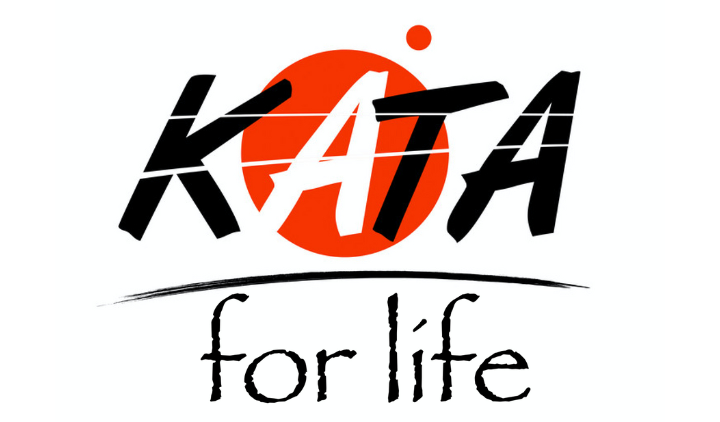With conditions being unpredictable and dynamic we need adaptation, innovation and more people to be involved. To be able to distribute the empowerment in the organisation to get more adaptation we need to teach people how to do that. When we are faced with new things (uncertainty) our brains are trained to try old solutions based on past experiences. If that does not work then we try arbitrary actions in the hope to find a solution, and if that does not work then we usually panic. Although this approach has its advantages but it’s not the best way for learning new things and dealing with the unknown.
Mike Rother explains in his book ‘Toyota Kata’ that scientific thinking may be the best approach that we have for navigating unknown territory. So what is meant by scientific thinking?
Scientific Thinking: ‘ Learning to compare what you think will happen with what actually happens, and to adjust based on what you discovered from the difference’ (Mike Rother)
The Toyota Kata is a systematic, scientific way of thinking and acting that helps you not to jump into conclusions. It helps you to move forward in the face of uncertainty and ambiguous circumstances. The Improvement Kata model has four steps. First step is to get the direction of your challenge ‘where are we going?’, ‘what’s the big goal we are aiming for?’ , ‘what are you trying to achieve?’. Second step is to grasp the current condition, where are we now relative to the challenge. It’s the process of understanding the current state well enough to be able to define what to strive for in the short term. Third step is establishing the target condition, and where do we need to get to next. It is setting smaller challenges and targets that will move us forward towards the long term challenge set in step one. It is asking where do we want to be in a week or two. Forth step is experiment against the obstacles to move forward towards the target condition set in step three.
Tilo Schwarz has adapted the Improvement Kata model into ‘Kata for Life’ for personal direction and growth. The ‘Kata for Life’ is a model that will help you be calm, focused and ultimately succeed in a world of change. The Kata for Life uses a 3 x 3 x 3 approach.
We all have goals and dreams that we would like to achieve. The Kata for Life can help you practice a systematic way to get closer to your goals and eventually achieve them. The ‘Kata for Life’ 3 x 3 x 3 method follows the same structure of the improvement Kata.
Step 1 – Determine the direction: This is the first 3, the 3 month challenge. Every 3 months write down 3 goals you strive to achieve during the next 90 days. The goals can be from any of the key areas of life: work, health, family, community, living environment and spiritual.
Step 2 – Grasp the current condition: This is a weekly reflection to understand what you have learned more about your 3 month challenge so far. At the end of each week reflect on your past weeks goals to check what have you learned.
Step 3 – Establish the next target condition: This is the second 3, the weekly top 3. At the end of each week write down 3 things you want to achieve the following week in relation to the 3 goals of your challenge.
Step 4 – Conduct experiments: The third 3, the daily top 3. At the end of each day write your top 3 for the following day after you reflect on what you have learned from the current day.
The 3 x 3 x 3 method is a mechanism to practice scientific thinking and a focused step by step approach to achieve your long term goals. It starts by setting 3 goals for the next 3 months. Then break that down in to top 3 weekly goals that will get you closer to your main 3 goals. And finally breaking the weekly goals into the top 3 daily steps towards your goals. A crucial element to the success of this iterative cycle is the reflection at the end of each week and the end of each day to identifying the learning you gained and adapting your approach accordingly to move forward closer to your goals.


